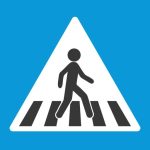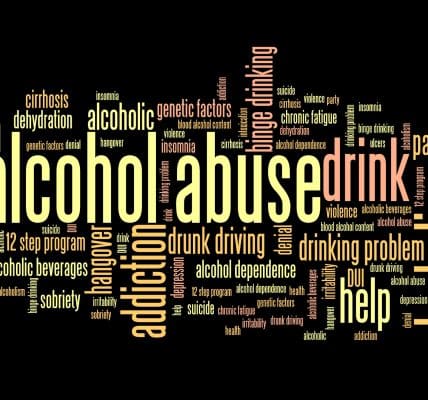Investigative Journalist Takes a Hard Look at California’s Addiction Treatment Programs

Investigative journalist Teri Sforza, Watchdog Columnist for the Orange County Register, recently attended the American Society of Addiction Medicine’s 55th annual conference entitled ASAM55: Innovations in Addiction Medicine and Science, held in Dallas, Texas, April 4-9. Sforza wrote a deep dive for the Long Beach Press Telegram on how California’s efforts at addiction treatment could be improved.
Alcohol Use Disorder
Sforza starts off by chiding the state government for not paying more attention to alcohol use disorder (AUD). AUD kills far more Californians than opioid use disorder (OUD). In 2022, an estimated 11,000 California deaths were classified as OUD and nearly 20,000 were classified as AUD. AUD is also the leading cause of damaged liver transplants in California.
Sforza shares a chart from SAMHSA, the Substance Abuse and Mental Health Services Administration, that compares the likelihood of substance use disorders with the number of Adverse Childhood Experiences someone has had. An adverse childhood experience (ACE) encompasses a wide range of childhood traumas, from physical violence to parental separation.
The chart that Sforza provides indicates that the odds of someone with three ACEs becoming a smoker are double, the odds of AUD are nearly five times higher, the odds of illicit drug use are 3.6 times higher, and the odds of injecting illicit drugs are seven times higher. This correlation between childhood trauma, behavioral disorders, and substance use disorders is graphically outlined in a free publication from SAMHSA entitled, Adverse Childhood Experiences and the Role of Substance Misuse Prevention.
The SAMSHA publication states, “ACEs can increase the risk for disease and early death, as well as affect a person’s ability to thrive socially and economically.” The leading ACEs are parental separation and economic hardship; one-quarter of Americans have suffered these. One in six adults report experiencing four or more ACEs during childhood. People with four or more ACEs are:
- 12 times more likely to attempt suicide
- 7 times more likely to suffer from alcohol use disorder
- 4 times more likely to be diagnosed with depression
One of the reasons ACEs are so damaging is that children’s bodies and brains are still developing. The stresses caused by ACEs can lead to damage, including what SAMSHA refers to as “toxic stress”:
Toxic stress can deeply damage a person’s body and brain. This risk is particularly acute for children, who are undergoing a critical time in their growth and development. A buildup of toxic stress can lead to or worsen the negative consequences associated with ACEs. Children who experience many ACEs are more likely to develop toxic stress.
One of the major ACEs is having a parent who suffers from substance use disorder (SUD). That parent is harming themselves, harming their children, and even harming the genes they pass down, which is why Watchdog Columnist Teri Sforza presses California Governor Gavin Newsom, who owns an interest in wineries, to devote more resources to AUD treatment.
Opioid Use Disorder
Sforza is just as hard on Governor Newsom about the way California is handling its opioid addiction problem. Part of the problem is that SUDs are treated as a crisis intervention rather than a chronic condition. “Research has found that some 90% of folks who detox from opioids use again within five days,” writes Sforza. Obviously, something more is needed:
There are several excellent medications for opioid use disorder that dramatically reduce cravings and subsequent use. But in California, nearly half of treatment centers don’t use them, according to data from the SAMSHA. And only 1 in 5 people diagnosed with opioid use disorder take these medications. That’s insane! Please fix this!
When SUDs are treated with a chronic care model, the emphasis shifts to early prevention and identification instead of waiting for a medical emergency. Obviously, it involves referrals for treatment, but it also provides support and incentives for meeting goals, help dealing with cravings and avoiding relapse, and an emphasis on improvement in quality of life.
Written by Steve O’Keefe. First published April 24, 2024.
Sources:
“Gov. Newsom, the drug that kills most Americans is on grocery store shelves,” Long Beach Press Telegram, April 9, 2024.
“Adverse Childhood Experiences and Addiction,” from the book Family Resilience and Recovery from Opioids and Other Addictions, Springer, January 2021.
Adverse Childhood Experiences and the Role of Substance Misuse Prevention, published by SAMHSA, retrieved April 22, 2024.
Image Copyright: Scazon used under Creative Commons 2.0 license.




